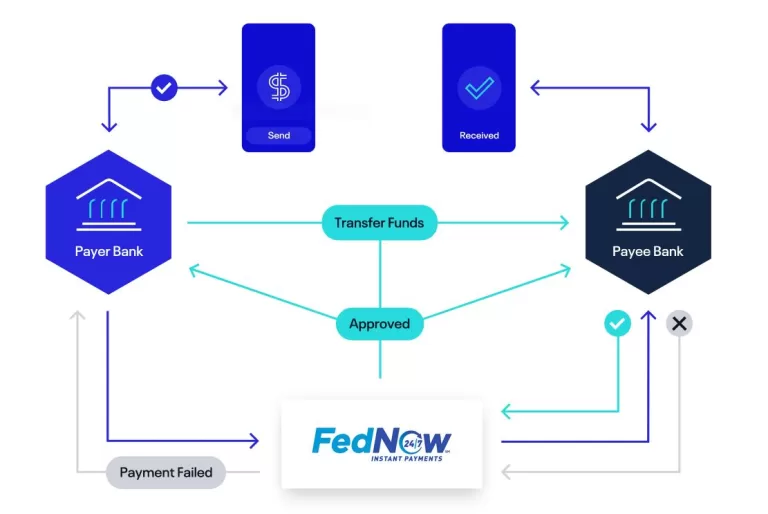Key Takeaways
Strategic Advantage: Analytics provides a competitive edge by informing strategic decisions and market positioning.
Operational Efficiency: Implementation of analytics identifies inefficiencies, leading to cost-saving opportunities across various processes.
Enhanced Customer Engagement: Leveraging analytics allows precise targeting of potential customers, improving customer acquisition strategies.
The fintech industry has experienced an unprecedented boom in recent years, with over 1,000 unicorn companies globally valued at $3.3 trillion (source: CBI Insights). This surge in growth intensifies competition, prompting 77% of financial institutions to focus more on innovation for consumer retention (source: PWC). In this rapidly evolving landscape, the role of data analytics transcends utility, becoming a strategic imperative for fintech.
Analytics Advantage
- Competitive Advantage: Analytics provides a distinct competitive advantage by offering insights that drive strategic decisions and market positioning.
- Cost Savings: Implementing analytics helps in identifying operational inefficiencies, leading to cost-saving opportunities across various processes.
- Customer Acquisition: Leveraging analytics aids in precisely targeting potential customers, enhancing customer acquisition strategies.
- Enhanced Customer Experience: Understanding customer behavior and preferences enables FinTech companies to craft personalized offerings, ensuring an enriched customer experience.
- Additional Revenue Margins: Through data analytics, identifying new revenue streams and cross-selling opportunities becomes more streamlined, contributing to additional revenue margins.
Analytics in Fintech Operations
Risk Analysis
- Analytics facilitates deep risk analysis, aiding in managing risks by implementing advanced risk detection systems.
- Organizations can simulate potential problems in a virtual environment, preparing for risks and enhancing risk management.
- Creation of risk models based on transaction history improves audit management and allows for tailored services based on user reliability.
Customer Experience
- Analytics delves into intricate details of customer behavior, preferences, and usage patterns, allowing FinTech businesses to craft personalized offerings and targeted marketing strategies.
- Personalized interactions based on individual preferences foster customer loyalty, positioning the business for success in a competitive FinTech ecosystem.
Underwriting
- Data analytics revolutionizes underwriting by leveraging diverse datasets for precise risk assessment, enhancing credit scoring accuracy, automating routine tasks, and contributing to fraud detection.
- Continuous monitoring post-loan approval ensures adaptability to evolving risk profiles, introducing agility and precision to lending processes.
Proactive Analytics is Key for Fintech Players
The symbiotic relationship between fintech and analytics is indispensable, shaping the industry’s trajectory and driving innovations that redefine the financial landscape. As financial institutions seek to navigate the challenges brought about by the digital landscape, analytics solutions emerge as one of the most important tools in their arsenal. The transformative impact of data analytics continues to unfold, unlocking new potentials and propelling the fintech industry toward unprecedented heights.
Contact Us to learn more about how our data and analytics services can contribute to the growth of your fintech business.
Read our next post can how you can craft an effective analytics strategy









